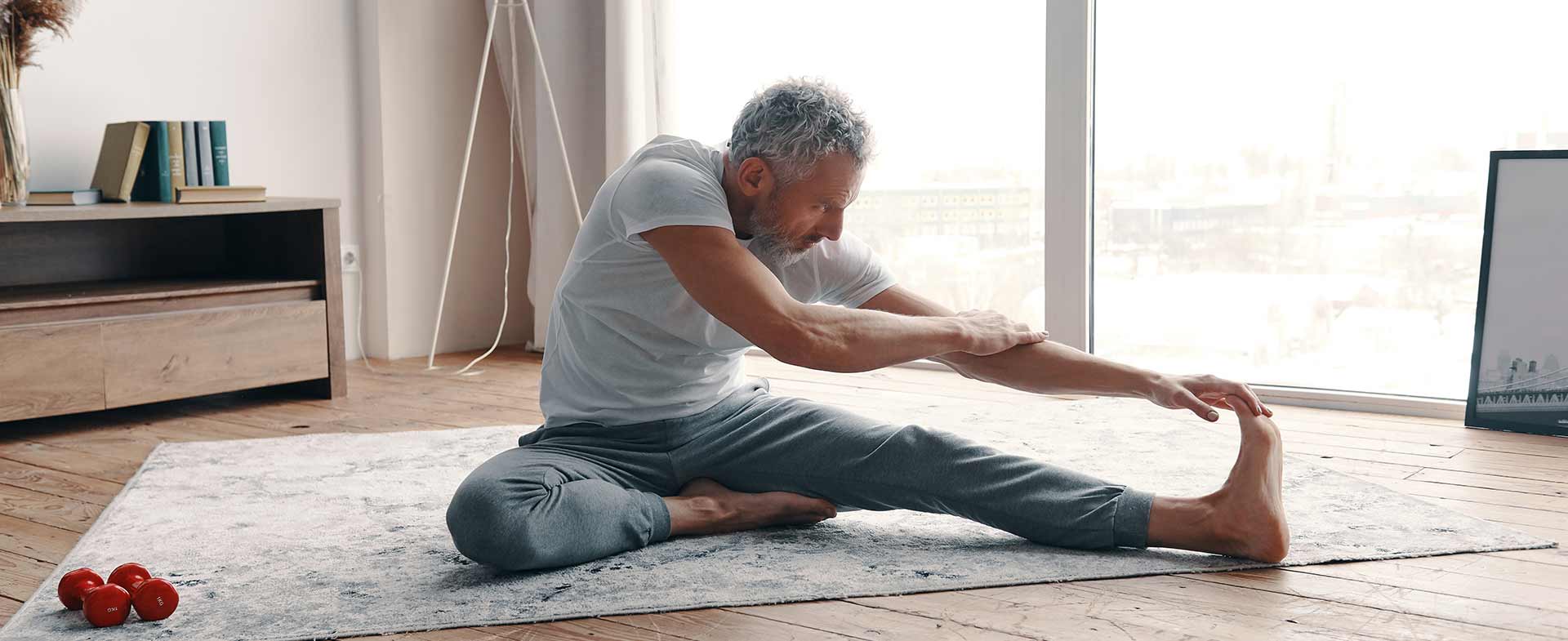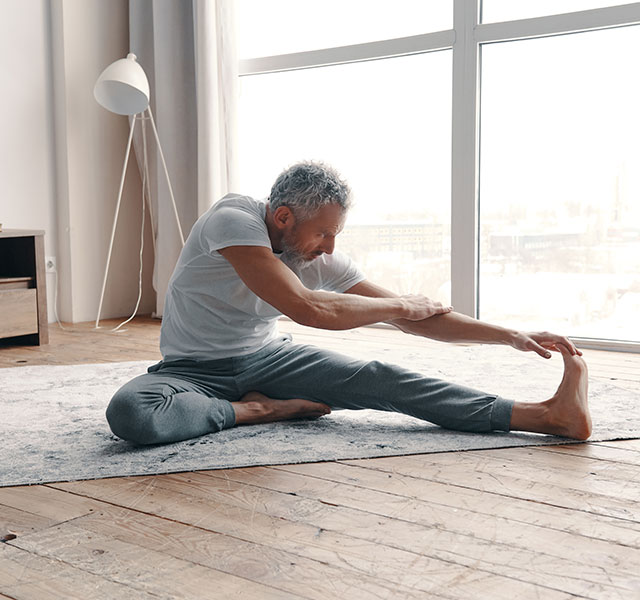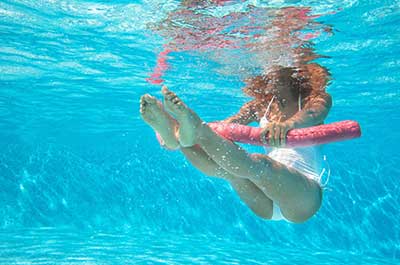Gout is an inflammatory condition affecting the joints. For many people, gout symptoms often start in the big toe and include joint pain, redness and swelling.
While these symptoms can make movement challenging during a flare-up, regular exercise between episodes is important for people with gout. “Low-impact exercises like walking, swimming and cycling can reduce the frequency and intensity of flare-ups. It also helps reduce the risk of other conditions linked to gout, such as heart and kidney disease,” says Alireza Meysami, M.D., a rheumatologist at Henry Ford Health.
What Is Gout?
Gout is the result of too much uric acid buildup in the body. Uric acid is a byproduct of a substance called purine, which is present in body tissues and certain foods like red meat and seafood. Usually, your kidneys process purine and eliminate the excess uric acid in urine.
If your body makes too much purine or you eat foods high in the substance, uric acid accumulates in your blood . Over time, this excess uric acid forms urate crystals that inflame the joints, causing painful gout flare-ups that can last from three to ten days.
According to Dr. Meysami, men and postmenopausal women are at increased risk of developing gout. Other risk factors for gout include:
- Obesity
- High blood pressure (hypertension)
- Heart failure
- Chronic kidney disease
Exercise To Reduce Gout Symptoms

Rheumatology At Henry Ford
Like other forms of arthritis, gout treatment to reduce joint inflammation may include icing affected joints, nonsteroidal anti-inflammatory medications like ibuprofen or cortisone injections.
But Dr. Meysami stresses that exercise plays a vital role in the long-term management of gout, offering lasting benefits, including:
- Lowering uric acid levels, reducing the risk of joint inflammation
- Helping with weight loss, easing pressure and stress on joints
- Strengthening the muscles around joints, enhancing their stability and function
- Boosting mood and energy
- Lowering the risk of conditions like cardiovascular disease and kidney stones
“Steer clear of exercises that cause pain in your affected joints, says Dr. Meysami. “Start slowly and gradually increase the length of time and frequency of exercise sessions. Drink plenty of water to avoid dehydration and flush out excess uric acid.”
He recommends including these components in your exercise routine:
- Moderate intensity, low-impact aerobic exercises: Try walking, water exercises, swimming or cycling. These activities can raise your heart rate, improving your cardiovascular fitness without putting too much pressure on your joints.
- Low-intensity strength training: Boost muscle strength using body weight, exercise bands or light weights. Stronger muscles help support your joints as you move through daily activities.
- Flexibility exercises: Try stretching before and after exercise and activities like yoga to improve your range of motion. These exercises can also help improve balance, reducing the risk of falls.
Along with exercise, diet is a key part of gout management. Dr. Meysami recommends avoiding high-purine foods like red meat and shellfish, alcohol and sugary drinks. These foods can increase uric acid levels, worsening gout symptoms. Instead, eat a diet rich in fruits and vegetables, whole grains and lean proteins.
“These healthy lifestyle habits can help reduce the frequency of gout flare-ups. They can also improve your ability to do daily activities and boost your overall health,” says Dr. Meysami.
Reviewed by Dr. Alireza Meysami, Division Head of Rheumatology at Henry Ford Health and associate professor of Medicine at Michigan State University. He sees patients at Henry Ford Medical Center - Columbus and Henry Ford Medical Center - New Center One.



